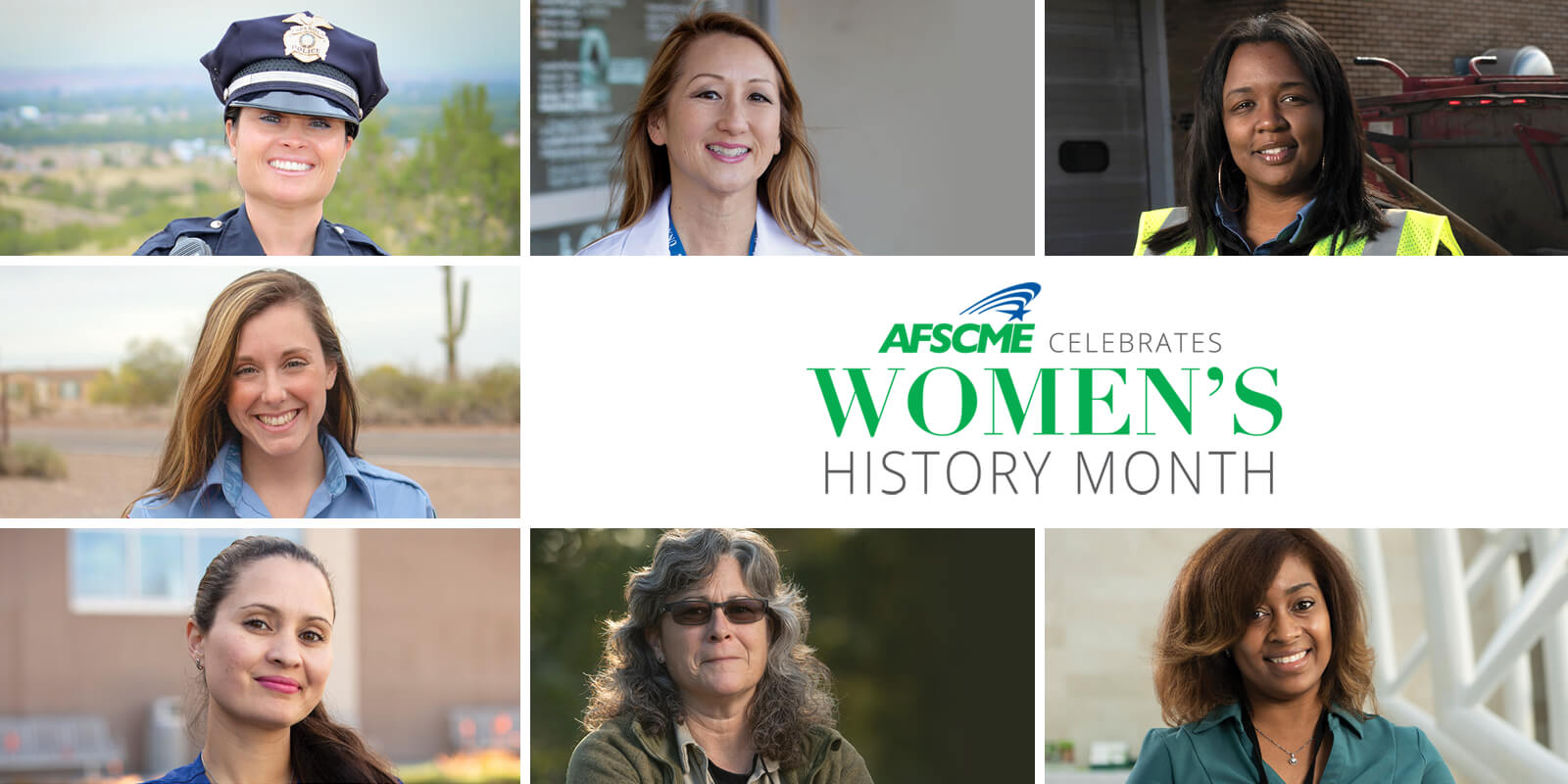Born into slavery in Virginia and raised in Texas in the 1850s, Parsons migrated with her husband, fellow socialist organizer and militant, Albert Parsons, to Chicago, where they would become outspoken labor activists, agitators, writers and intellectuals.
Parsons fought for wide-ranging causes on behalf of workers, and according to the National Women’s Law Center, “played a significant role in the fight for the eight-hour work day, the organization of the first May Day, the founding of the International Ladies Garment Workers Union (ILGWU), and the Industrial Workers of the World (the IWW).” She was also a founding member, in 1900, of the Socialist Party of America.
When her husband was wrongly convicted of playing a role in the Chicago Haymarket Riot of 1886, in which seven Chicago police officers died in a bomb blast, Parsons fought for a new trial, earning her the descriptor: “More dangerous than a thousand rioters.” After her husband’s death, Parsons remained a fervent labor agitator and a fighter against racial and capitalist oppression until her death in the early 1940s.




